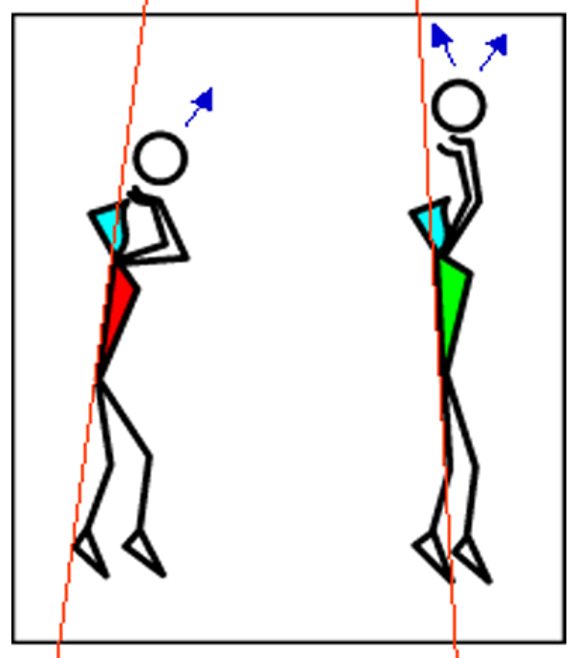The setter represents the cornerstone on which a team's offensive system is based, a crucial sector for performance.
It is the connecting role between the reception (or defense) and the execution of the attack.
His initial position in the formation determines the so-called "phase" (numbered from 1 to 6, or P1, P2, etc.), from which the position of the other athletes and the possible game schemes to be implemented derive.
He must be a leader, not only on the field, but also off it.
He must possess a wealth of coordination skills that must be as broad as possible, based on which a high level of specific dribbling technique can be inserted.
He is certainly the player who cooperates most with the coach and shares his plans and strategies.

Even if, at a high level, there is an increasing tendency towards a simplification and standardization of tactical choices, the difficulty in the construction of the setter's game lies in the management of the various types of sets to be made.
A setter must combine the variety of trajectories, their precision, adapt their speed and their height to each of the attackers, and remain as unpredictable as possible for the opposing blockers.
The search for a neutral position under the ball for all types of sets makes it more difficult for the opposing blocker to read the tactical choices.
At the high level, the setter makes almost all of his sets in suspension. This depends on both a tactical need, because the attacking game becomes faster, and a technical need, since in the elevated dribbling it is easy to maintain the neutral position of the body.









